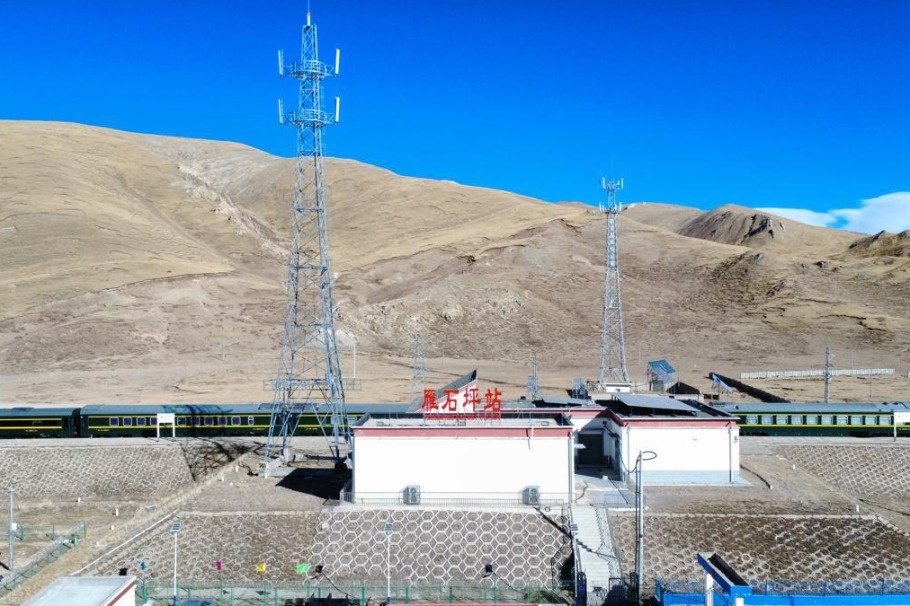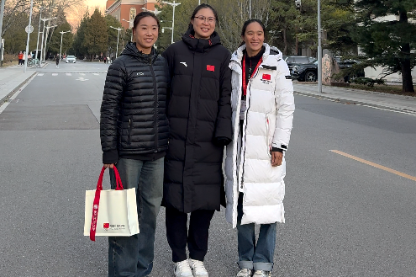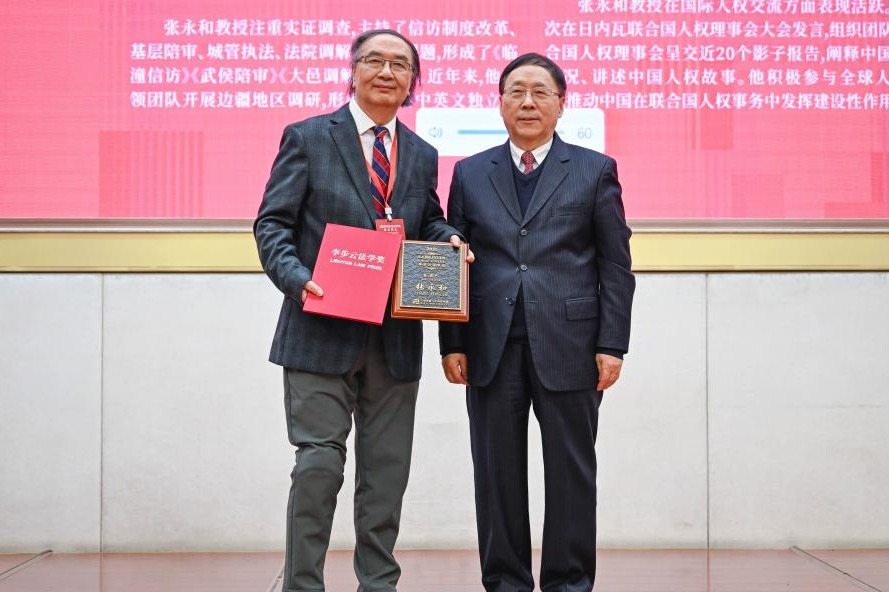Researchers find approach to cultivate high-manganese, low-cadmium rice

BEIJING -- Chinese researchers have found a major quantitative trait locus (QTL) that can be used to cultivate high-manganese, low-cadmium rice, the Chinese Academy of Agricultural Sciences (CAAS) said in a statement Tuesday.
According to Qian Qian, chief expert and researcher in the field at CAAS, people often have an inadequate intake of manganese, an essential mineral in bone formation and the digestion of cholesterol, carbohydrates and protein.
Although the manganese content in rice grains can be increased via biological enhancement, this also increases the content of cadmium, a poisonous heavy metal, making the control of the elements in rice a major challenge, he said.
Researchers created a strain combined with a high-manganese strain and a low-manganese strain, and detected a major QTL via a high-density genetic map.
They found that the QTL contained a gene that regulated and controlled the absorption of manganese and had a significant drop in cadmium, improving the root system capability of absorbing manganese.
The research was subsidized by the National Natural Science Foundation of China.
- Sustainable agriculture in focus at Hainan forum
- Road accident in East China kills 4
- Health Bureau: Free Chinese medicine services for Tai Po fire victims
- Satellite launch marks a new milestone in UAE-China cooperation
- HK fire: 4,510 residents in shelters as support fund reaches HK$3.6b
- Scholars, industry insiders call for a responsible, scientific, credible think tank research system




































